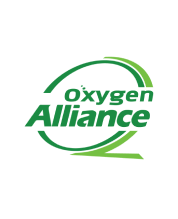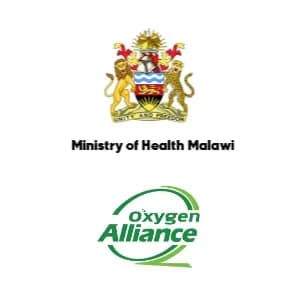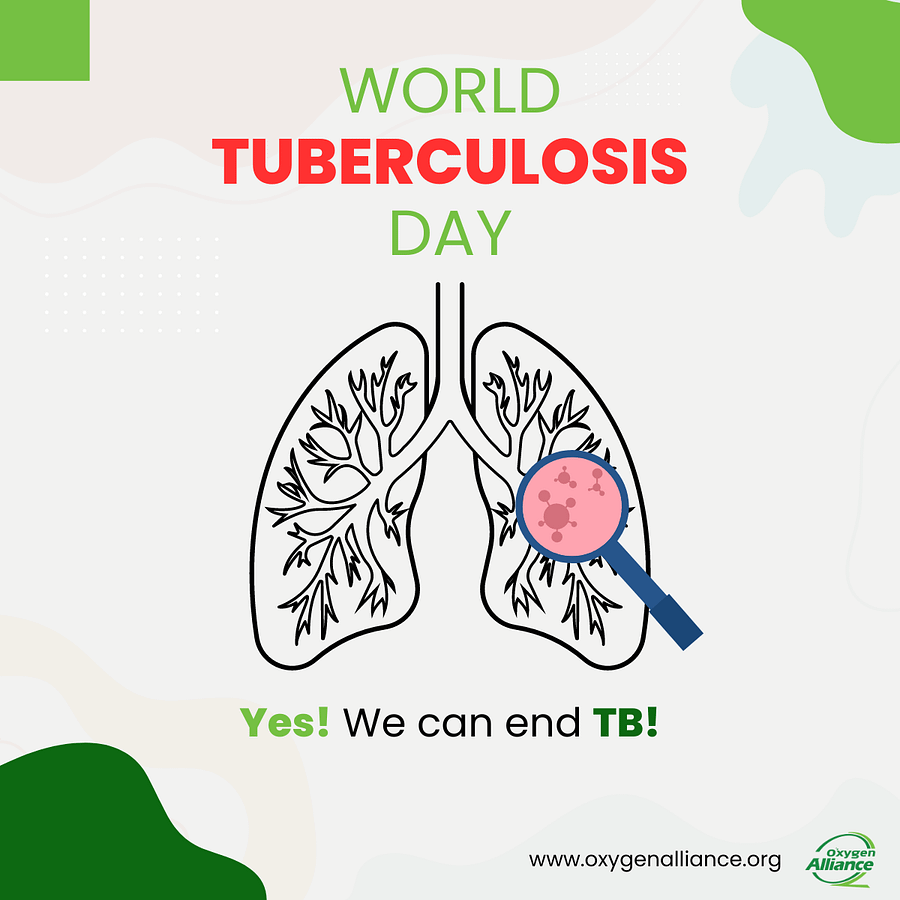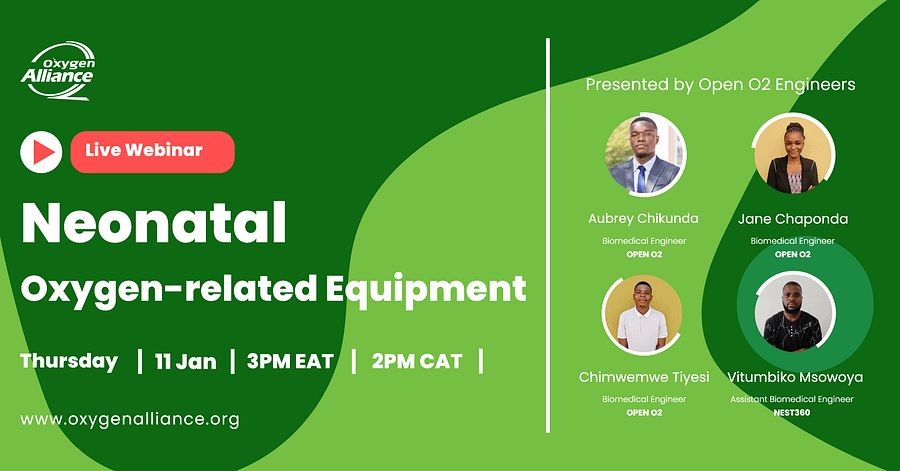Healthcare facilities are always striving to achieve excellence in their operations and provide high-quality care for patients. By combining methodologies such as 5S Kaizen and Total Quality Management (TQM), organizations can implement an approach to making improvements leading to increased efficiency and improved patient satisfaction.
Exploring the Concept of 5S Kaizen
The Kaizen methodology is a unique approach that combines organizational advantages of the 5S system, with the continuous improvement principles of Kaizen. This method emphasizes the importance of maintaining an organized and effective workplace environment, especially in healthcare settings where efficiency and accuracy are essential.
Within healthcare environments, the five key elements of 5S Kaizen include:
1. Sort (Seiri); removing items from workspaces to minimize clutter and distractions.
2. Set in Order (Seiton); organizing tools and equipment for easy accessibility and enhanced efficiency.
3. Shine (Seiso); cleaning routines to uphold a safe and pleasant working atmosphere.
4. Standardize (Seiketsu); establish procedures and workstations for uniformity and predictability.
5. Sustain (Shitsuke); cultivating behaviors and practices that uphold standards over time while encouraging improvement efforts.
Total Quality Management (TQM) Implementation in Healthcare
TQM represents a management strategy centered on achieving lasting success through prioritizing customer satisfaction. In healthcare, Total Quality Management (TQM) involves the participation of all members within an organization to enhance processes, products, services, and the overall work environment.
Key aspects of TQM comprise of:
Customer Orientation: The primary objective of TQM is to fulfill patient requirements and surpass care standards.
Engagement of All Employees: Every staff member, ranging from personnel to medical professionals, plays a role in the quality enhancement process.
Emphasis on Process Improvement: Centering on process-oriented thinking to identify and eliminate inefficiencies is an element of TQM.
The organization incorporates all components into the journey toward achieving and sustaining high-quality performance levels (JICA).
Applying 5S Kaizen and TQM to enhance healthcare provision
In combining 5S Kaizen techniques with TQM strategies, healthcare institutions can comprehensively optimize their operations. This merger establishes a foundation for continuous advancement through detailed workflow understanding and alignment with patient care benchmarks.
The advantages of integrating 5S Kaizen and TQM include:
Enhanced Efficiency: Streamlined processes lead to reduced waste and waiting times, directly impacting care delivery quality and patient contentment.
Enhanced Safety: Routine assessments and upkeep ensure that the healthcare setting remains secure for both patients and staff members.
Patient Results: By prioritizing quality and continually striving for betterment, patient care outcomes can see significant enhancements, such as reduced complication rates and higher levels of patient satisfaction.
Staff Contentment: Engaging employees at all levels in improvement endeavors, boosts their involvement and job fulfillment as they witness how their contributions positively impact patient care and overall operations.
The combination of 5S Kaizen and TQM transforms healthcare establishments into performing entities that emphasize both patient well-being and operational effectiveness. These methodologies provide an approach to enhancing healthcare services, ensuring the successful meeting of patient needs and organizational goals.
By adopting these integrated approaches, healthcare providers can drive improvements in service provision, staff morale, and patient care outcomes, establishing a benchmark of excellence within the healthcare sector.






